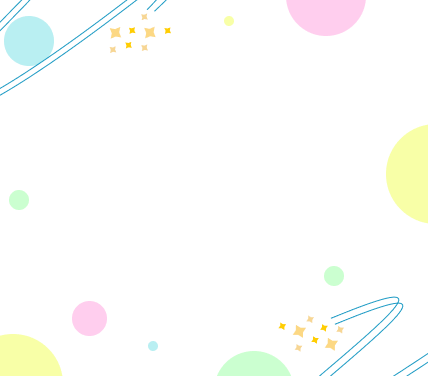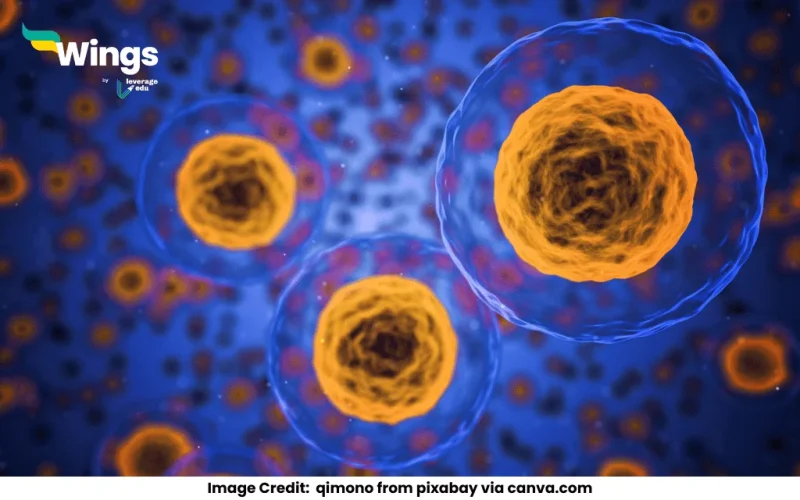Answer: The largest cell in the human body is the female egg cell (ovum), and the smallest cell is the sperm cell. These two reproductive cells, despite their size differences, play a crucial role in human reproduction and genetics. In this blog, we will explore their structure, function, and significance in the human body.
The ovum, or egg cell, is the largest cell in the human body, measuring approximately 0.1 mm (100 microns) in diameter. It is the only cell visible to the naked eye. The ovum is a haploid cell, meaning it carries only half the genetic material required to form a new human being. It is produced in the ovaries and is released during ovulation in the menstrual cycle.
Structure and Function of the Ovum
The ovum has a round shape and contains a large amount of cytoplasm, which provides essential nutrients for the early development of the embryo. It is surrounded by a protective layer called the zona pellucida, which plays a crucial role in fertilization by allowing only one sperm to enter and fertilize the egg.
The primary function of the ovum is to carry the mother’s genetic information and to merge with the sperm cell during fertilization. Once fertilized, it develops into a zygote, which later divides and grows into an embryo.
The Smallest Cell: The Sperm Cell
The sperm cell is the smallest cell in the human body, measuring about 50 microns in length, with a head that is only about 5 microns wide. Unlike the ovum, which is large and immobile, sperm cells are tiny and highly motile, allowing them to travel through the female reproductive tract to reach the egg for fertilization.
Structure and Function of the Sperm Cell
A sperm cell consists of three main parts:
- Head: Contains the nucleus with genetic material and is covered by the acrosome, which helps penetrate the egg.
- Midpiece: Packed with mitochondria to provide energy for movement.
- Tail (Flagellum): Helps the sperm swim toward the egg.
The sperm cell’s main function is to deliver the father’s genetic material to the ovum. It swims through the female reproductive tract and, upon successful fertilization, merges with the ovum’s nucleus to form a zygote.
The ovum and sperm cell, despite their contrasting sizes, work together to enable human reproduction. Their unique structures and functions highlight the complexity and efficiency of the human body’s reproductive system.
Common Doubts
 60,000+ students trusted us with their dreams. Take the first step today!
60,000+ students trusted us with their dreams. Take the first step today!


 One app for all your study abroad needs
One app for all your study abroad needs










